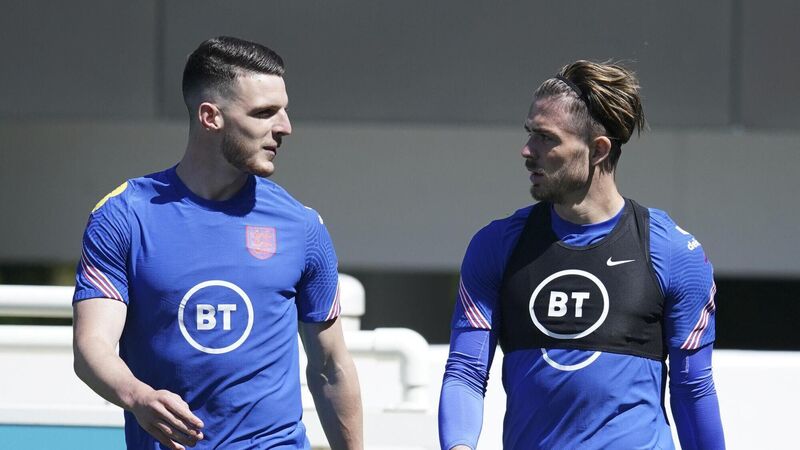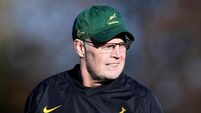Michael Moynihan: After Centofanti and Ufarte, where have all the great names gone?

Rice and a Grealish - they sound like the midfield pairing at the Galway county hurling final, observes Michael Moynihan
Expertise in preparing teams and players was never as plentiful, it seems.
But how good is some of that expertise when you come right down to it?
During the week, Kevin Wall of Glen Rovers and St Nicks out in Blackpool, Cork, was in touch. He said they had noticed the regression of many young players during the lockdown in terms of both physical and mental health, something which dovetailed with a wish to improve coaching standards in the club.
Instead of simply wondering how to go about that, they acted.
The underage section established a coaching committee chaired by Ted Owens, well known for his time with Cork senior football teams, and with Donnacha Mulcahy as the senior team’s strength and conditioning coach since 2018, and Mulcahy’s day job as an assistant lecturer in applied strength and conditioning at Limerick Institute of Technology, everything came together.
Mulcahy will bring LIT graduates completing their placements to Glen Rovers to implement age-appropriate training programmes to assist with the overall development of all underage players — from fundamental movements, co-ordination, and motor skills for those aged 4 to 10, creating an enjoyable environment, to the next stage of physical development for those between 11 and 18.
The students get experience. The kids get the best of training. The club coaches benefit from the students and the kids benefit from the improvement in the coaches.
Obvious, when you see it in black and white. And a template for other clubs and other third-level institutions.
True confession time.
In your columnist’s long distant playing days, laps of the field were a particular burden.
The mind wandered. The feet tired. The complaining loudened. Or increased. Or increased in loudness.
My complaints ranged from basic (“This is stupid. And boring.”) to circular (“This is boring. And stupid.”), but I now realise I should have made one simple argument.
“This training just doesn’t suit my proteins.”
Research now suggests that scientists are approaching the point when they will be able to tell from examining the proteins in a person’s body, what kind of exercise suits that person in improving their fitness and health.
And what exercises don’t.
If your proteins dictate that you won’t get fitter from running or swimming, then you might be better off with weight training, for instance.
This development is not music to my ears as much as confirmation of a long-held suspicion about the corporal benefits of never-ending laps.
Clearly, I was more in touch with my body than those of my team-mates who could lope the length and breadth of a playing field 30 times without tiring, the poor fools.
Quite obviously I had more in common with the likes of Dr Robert Gerszten, a professor of medicine at Harvard Medical School and chief of cardiovascular medicine at Beth Israel Deaconess Medical Center, one of the authors of a new study which suggests “molecular profiling tools might help to tailor” training plans for people, according to .
Disappointingly, Gerszten was cautious and warned that more research will be needed before sweeping generalisations can be made, but it’s already too late for that kind of caveat.
My ‘DON’T BLAME ME, BLAME MY PROTEINS’ T-shirt is on order.
Late to the table on this one, but it was worth it once I got stuck in.
I had heard that Gene Weingarten’s One Day: The Extraordinary Story of an Ordinary 24 Hours in America was a good read, but I didn’t realise just how good, exactly.
He planned to examine a day in detail through the prism of various people’s experience, but at first he was disappointed — that day was Sunday, December 28, 1986 (selected at random for him by customers and a waitress in a restaurant).
“Journalists will tell you that Sunday is the worst news day of the week,” writes Weingarten.
“And the week between Christmas and New Years is the worst week of the year, in terms of having anything happen.”
But the day took up the next six years of Weingarten’s life as he conducted 500 interviews to examine that apparently unremarkable day.
The result? A masterpiece, pure and simple.








